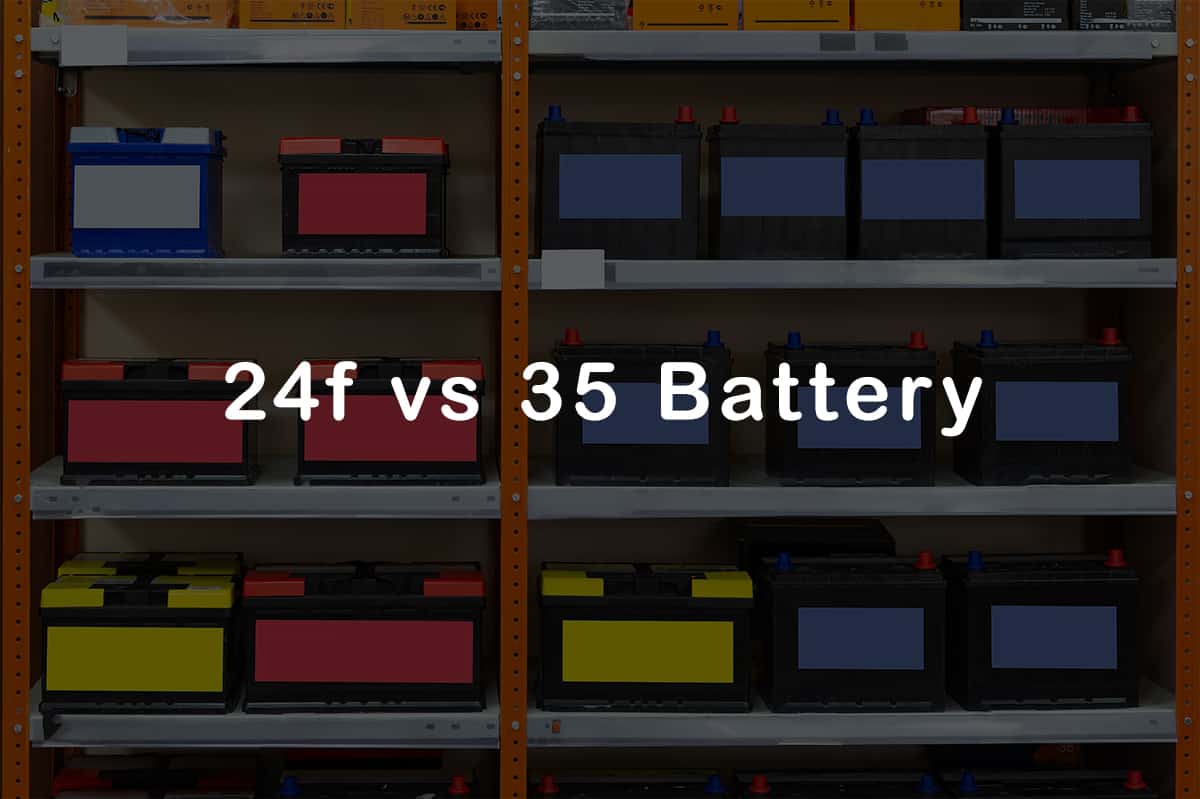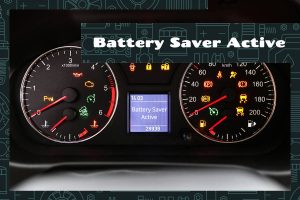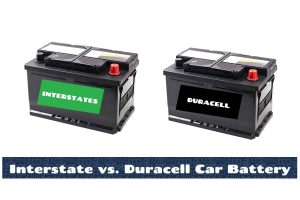Car batteries are an essential component of every vehicle, providing the power necessary to start the engine and supply electrical energy to various systems. Without a reliable battery, your vehicle may be left stranded or unable to perform at its best.
With numerous 24F and 35 batteries differ mainly in size, power output, and vehicle compatibility. 24F batteries are larger, offer higher cold cranking amps (CCA) and reserve capacity (RC), and are commonly found in midsize and larger vehicles.
In contrast, 35 batteries are more compact, with slightly lower CCA and RC values, and suit compact and smaller vehicles types and sizes available.
It can be challenging to determine the ideal battery for your specific needs. That’s where understanding the differences between popular options, such as 24F and 35 batteries, becomes crucial.
24F and 35 batteries differ mainly in size, power output, and vehicle compatibility. 24F batteries are larger, offer higher cold cranking amps (CCA) and reserve capacity (RC), and are commonly found in midsize and larger vehicles. In contrast, 35 batteries are more compact, with slightly lower CCA and RC values, and suit compact and smaller vehicles.
Throughout this comprehensive article, we’ll explore the ins and outs of 24F and 35 batteries, including their construction, power and performance, size and fit, and life and durability,
Battery Basics
A car battery stores electrical energy that powers the vehicle’s systems and starts the engine. Let’s look at the key components and terms related to batteries.
Components
- Case—The outer shell, usually made of plastic, protects the internal parts.
- Plates—Metal plates inside the battery store and release energy.
- Electrolyte—A mixture of sulfuric acid and water that enables a chemical reaction to produce electricity.
Terminology and specifications
- Cold Cranking Amps (CCA)—The power a battery can supply to start the engine in cold temperatures. Higher CCA values indicate better performance in cold weather.
- Reserve Capacity (RC)—The time a battery can provide power when the alternator fails. A higher RC means longer battery life during emergencies.
- Ampere-hours (Ah)—The amount of energy a battery can deliver in one hour. A higher Ah rating means the battery can supply more power over time.
24F Batteries
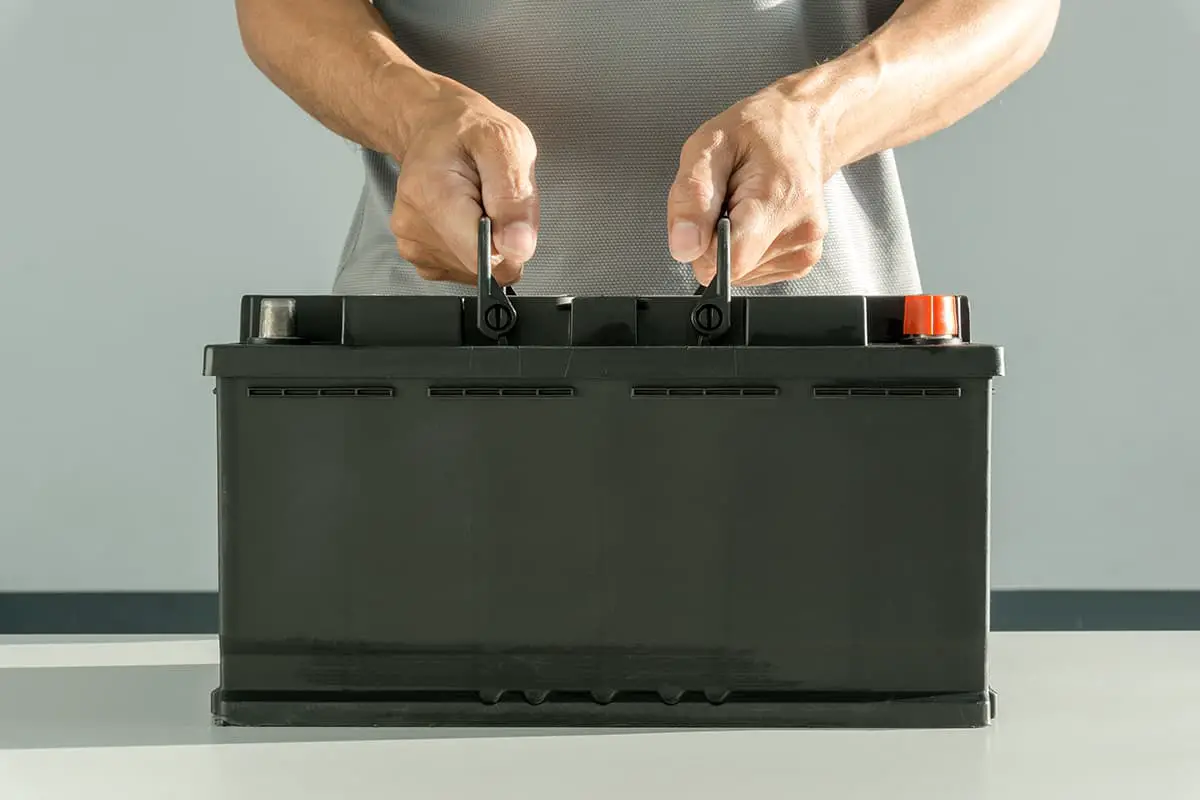
24F batteries are lead-acid batteries with a larger size than 35 batteries. They have six cells, each producing 2 volts, making a total of 12 volts. These batteries use flooded (wet cell) or absorbent glass mat (AGM) technology.
These batteries fit well in midsize and larger vehicles, such as sedans, SUVs, and trucks. They are popular among Japanese and American car manufacturers like Honda, Toyota, and Ford. Always check your vehicle’s owner manual for compatibility.
Pros
- Higher CCA and RC values for better cold-weather performance and longer backup power.
- Wider compatibility with various vehicle types.
- Easy to find and replace due to popularity.
Cons
- Larger and heavier, taking up more space and potentially affecting fuel efficiency.
- Flooded 24F batteries may require more maintenance than AGM versions.
35 Batteries
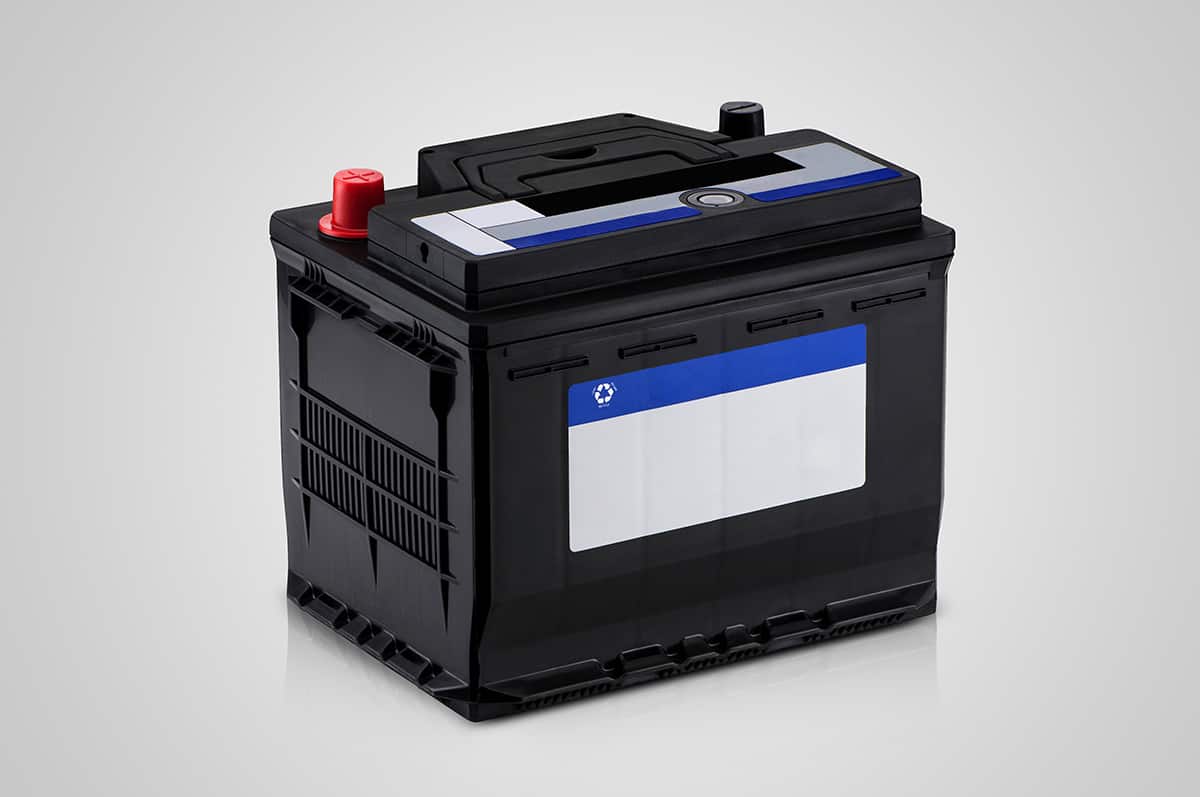
35 batteries are smaller and lighter than 24F batteries, making them suitable for compact spaces. Like 24F batteries, they have six cells for a total of 12 volts. They also come in flooded or AGM versions.
These are common in compact and smaller vehicles, often used by Asian manufacturers like Subaru, Nissan, and Honda. They’re also found in some European models. Always consult your vehicle’s owner manual for compatibility.
Pros
- Compact size, fitting easily into smaller engine compartments.
- Lighter weight, which can help with fuel efficiency.
- Slightly lower cost compared to 24F batteries.
Cons
- Lower CCA and RC values, meaning reduced cold-weather performance and backup power.
- Limited to specific vehicle types, making them less versatile.
Power and Performance
CCA
24F batteries generally have higher CCA ratings, which means they can better start engines in cold weather. 35 batteries have slightly lower CCA ratings but still provide adequate power for most vehicles.
RC
24F batteries typically have a higher RC, offering a longer backup power supply in case of alternator failure. 35 batteries have lower RC values but can still provide enough power for essential functions.
Ah
Both 24F and 35 batteries have similar Ah ratings. However, the actual capacity may vary depending on the specific battery brand and model.
Battery Size and Fit
Dimensions and weight
The average dimensions of 24F and 35 batteries vary slightly among manufacturers and models. However, a typical 24F battery measures around 10.3 inches (261 mm) in length, 6.8 inches (173 mm) in width, and 8.9 inches (226 mm) in height. On the other hand, a standard 35 battery is more compact, with approximate dimensions of 9.1 inches (230 mm) in length, 6.8 inches (172 mm) in width, and 8.7 inches (221 mm) in height.
Terminal configurations
In a 24F battery, the positive terminal is usually on the left side when facing the battery from the front (with the terminals closest to you). In contrast, a 35 battery typically has the positive terminal on the right side when viewed from the same perspective.
24F vs. 35 Battery Summary
| Features | 24F Battery | 35 Battery |
| Size | Larger | Smaller |
| Weight | Heavier | Lighter |
| Cold Cranking Amps | Higher | Lower |
| Reserve Capacity | Higher | Lower |
| Vehicle Compatibility | Midsize and larger vehicles | Compact and smaller vehicles |
| Common Applications | Honda, Toyota, Ford | Subaru, Nissan, Honda |
| Maintenance | Depends on battery type | Depends on battery type |
Replacing 24F with 35 Battery
It is possible to replace a 35 battery with a 24F battery in some cases, but it depends on several factors, including the vehicle’s compatibility, available space in the engine compartment, and terminal configuration.
Before considering a 24F battery as a replacement for a 35 battery, you should:
- Check your vehicle’s owner manual for the recommended battery size and specifications. Using a non-recommended battery type may affect your vehicle’s performance and warranty.
- Ensure there is enough space in the engine compartment to accommodate the larger size of the 24F battery.
- Verify that the terminal configuration of the 24F battery matches your vehicle’s requirements. Incorrect terminal connections can cause damage to your vehicle’s electrical system.
FAQs
1. How do I determine if my vehicle requires a 24F or 35 battery?
To determine if your vehicle requires a 24F or 35 battery, consult your vehicle’s owner manual for the recommended battery type and specifications. You can also check the label on your current battery, which should indicate its size and model. If still unsure, contact your vehicle’s manufacturer or a professional mechanic for guidance.
2. What factors should I consider when choosing between a 24F and 35 battery?
When choosing between a 24F and 35 battery, consider factors such as vehicle compatibility, available space in the engine compartment, terminal configuration, CCA, RC, and intended use of the vehicle. Also, take into account the climate in your area and the specific requirements of your vehicle’s electrical system.
3. How do I properly maintain and prolong the life of my car battery?
To maintain and prolong the life of your car battery, follow these steps:
- Regularly inspect the battery for corrosion and clean the terminals as needed.
- Ensure the battery is securely fastened and free from vibrations.
- Check water levels for flooded batteries and refill them with distilled water when necessary.
- Avoid deep discharging and use a suitable charger or maintainer when needed.
- Protect the battery from extreme temperatures.
4. Can I use an AGM battery as a replacement for a flooded lead-acid battery?
Yes, you can use an AGM (Absorbent Glass Mat) battery as a replacement for a flooded lead-acid battery as long as it meets the required specifications and is compatible with your vehicle. AGM batteries are generally maintenance-free, more resistant to vibrations, and have a lower self-discharge rate compared to flooded batteries.
5. Are there any risks involved in using a different battery size than the one recommended by the vehicle manufacturer?
There are risks involved in using a different battery size than the one recommended by the vehicle manufacturer. These risks include improper fit, which can cause vibrations and damage to the battery; incorrect terminal connections, potentially damaging your vehicle’s electrical system; voiding the vehicle’s warranty; and reduced performance due to mismatched specifications.
